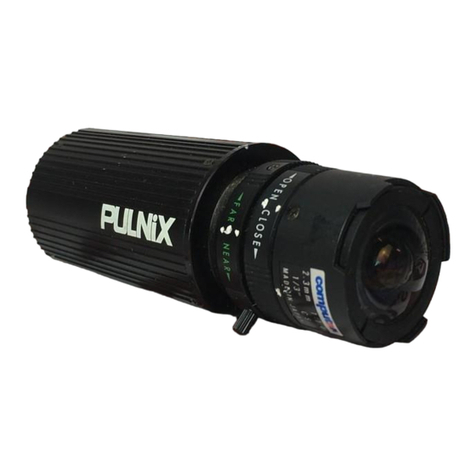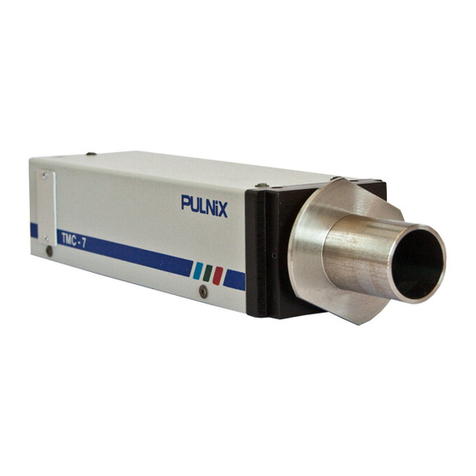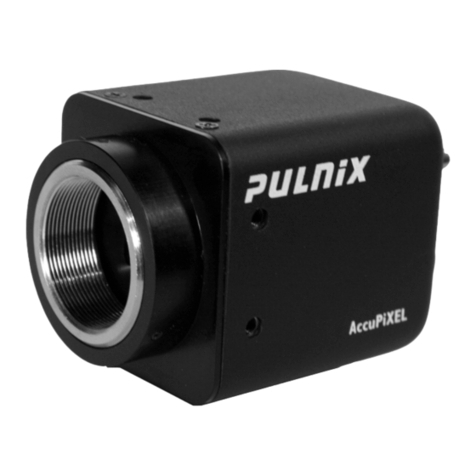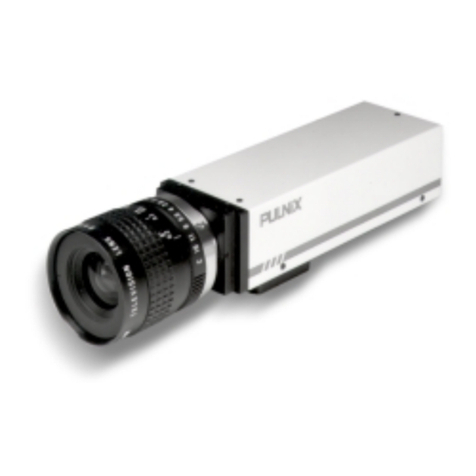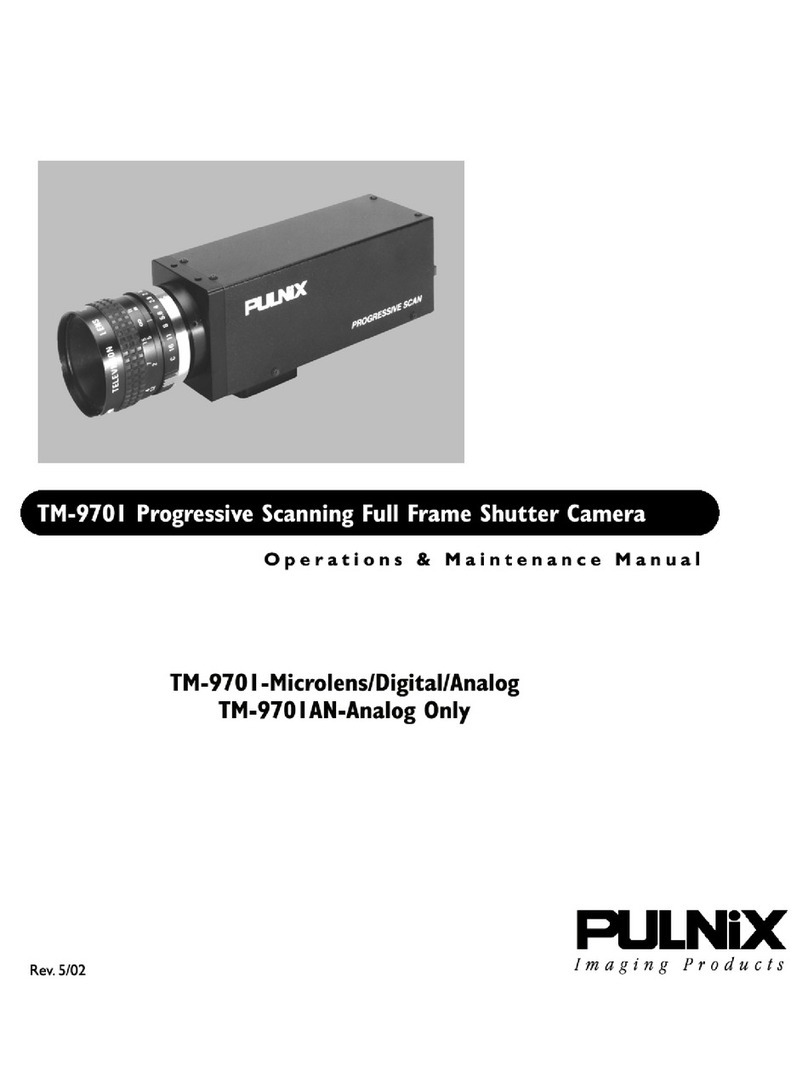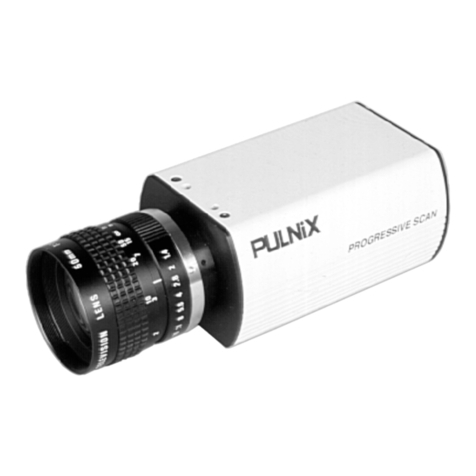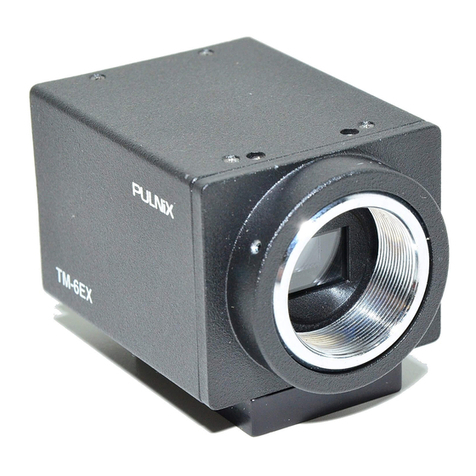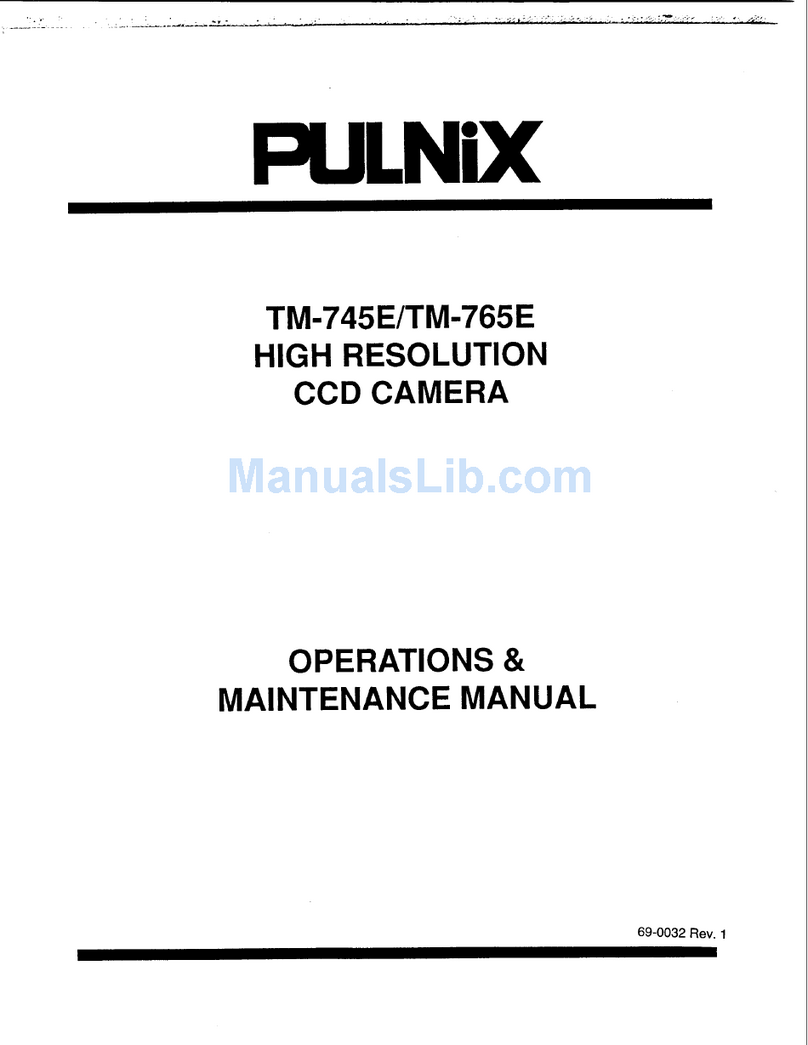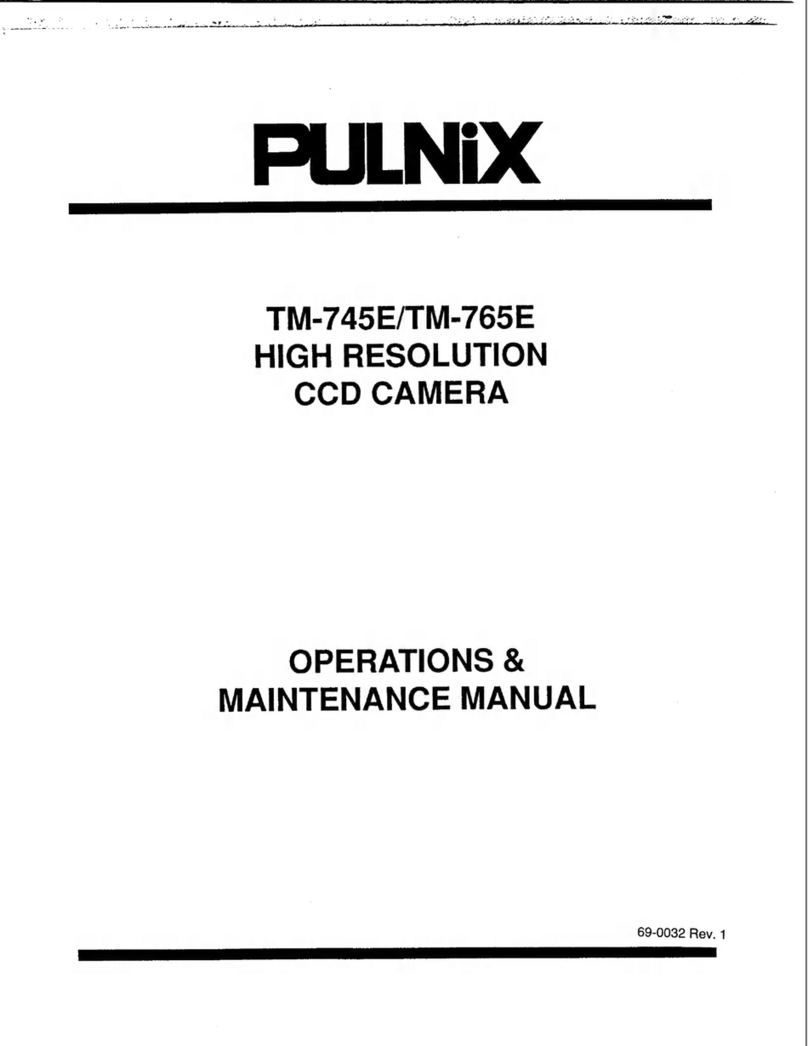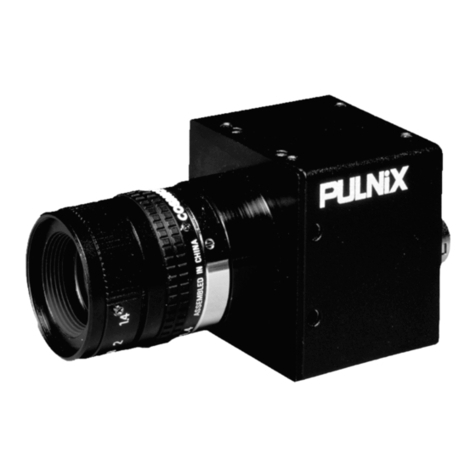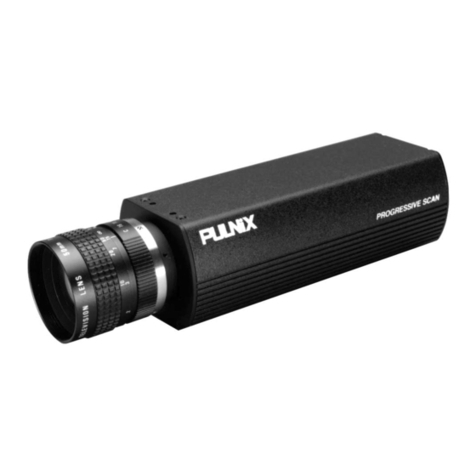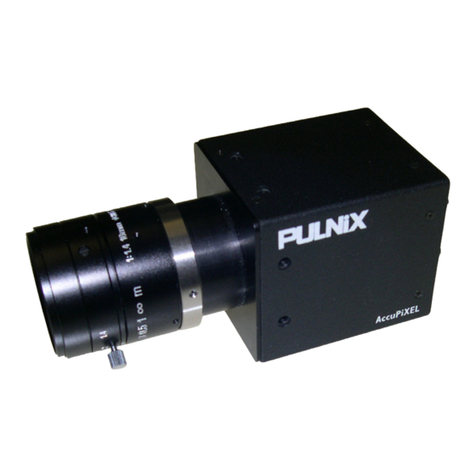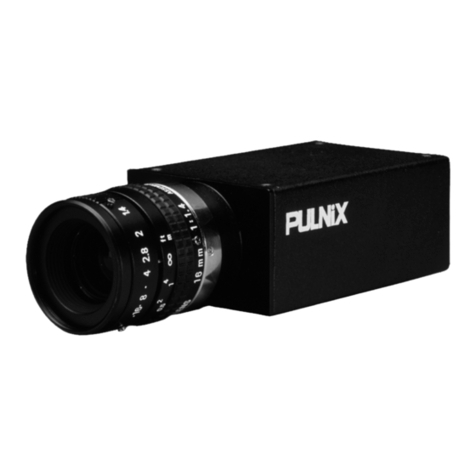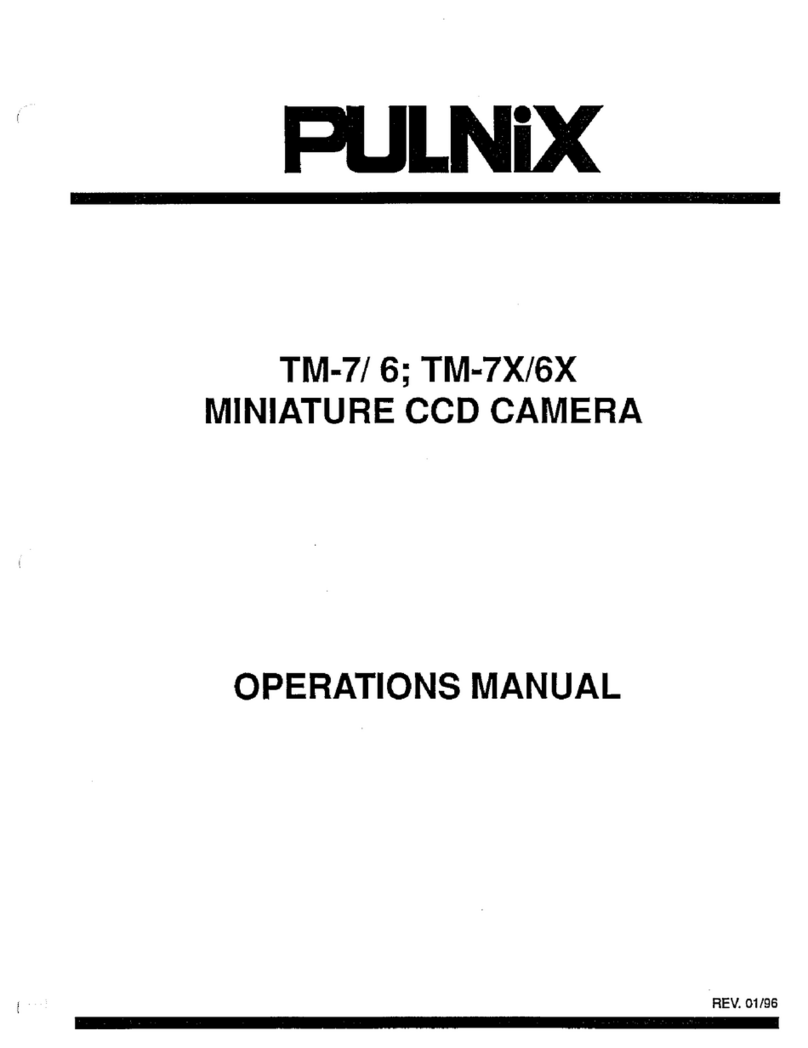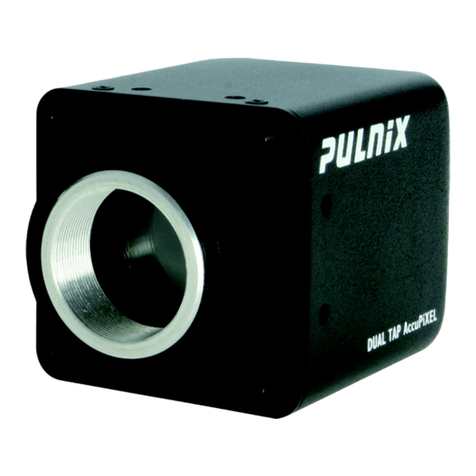
Table of Contents
i
1 INTRODUCTION ....................................................................1
1.1 Product Description .......................................................................... 1
1.2 Features ........................................................................................... 1
1.3 Functional Options ........................................................................... 2
1.4 Applications ...................................................................................... 2
1.5 TM-7200/TM-6200 System Configuration ........................................ 2
2 INSTALLATION .....................................................................3
2.1 Getting Started ................................................................................. 3
2.1.1 Unpacking Instructions ........................................................ 3
2.1.2 Components List ................................................................. 3
2.1.3 Accessories ......................................................................... 3
2.2 Camera Setup .................................................................................. 4
2.2.1 Rear Panel .......................................................................... 4
2.2.2 Connector Pin Configurations ............................................. 4
2.2.3 Power Supply and Power Cable Setup ................................ 5
2.2.4 Digital Cable Assembly ....................................................... 7
2.2.5 Attaching the Video Output ................................................. 8
2.2.6 Attaching the Camera Lens ................................................. 9
2.2.7 Back Focusing the Lens ...................................................... 9
2.2.8 Auto-Iris Lens Setup ............................................................ 9
2.2.9 Monitor Display Mode .......................................................... 9
2.2.10 Connectors and Cables ....................................................... 9
3 OPERATION ..........................................................................10
3.1 Modes of Operation .......................................................................... 10
3.1.1 Shutter Operation ................................................................ 10
3.1.2 Asynchronous Reset with Shutter ....................................... 10
3.1.3 Integration ........................................................................... 14
3.1.4 Field Mode and Frame Mode .............................................. 14
3.1.5 Video Output ....................................................................... 15
3.1.6 Timing ................................................................................. 16
3.2 Adjustment Procedures .................................................................... 18
3.2.1 Signal Board ........................................................................ 18
3.2.2 Memory Board .................................................................... 19
3.2.3 Power Board ........................................................................ 20
4 TROUBLESHOOTING ...........................................................21
4.1 Problems and Solutions ................................................................... 21
4.1.1 Symptom: No Video ............................................................. 21
4.1.2 Symptom: Dark Video .......................................................... 21
4.1.3 Symptom: Non-synchronized Video .................................... 21
4.2 Information and Support Resources ................................................ 22
